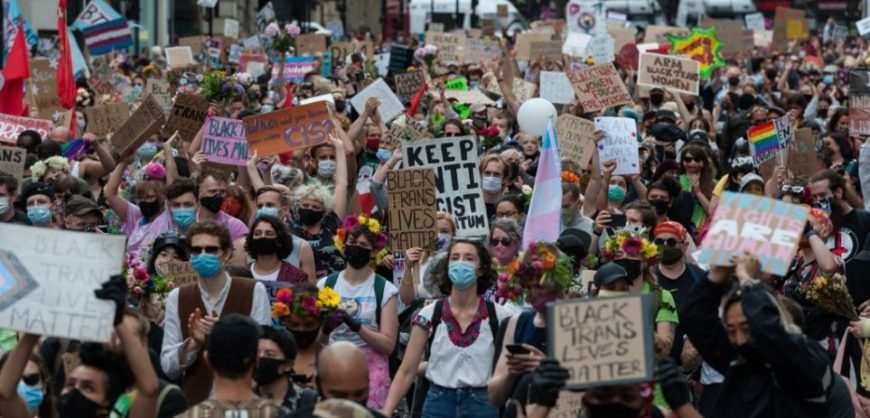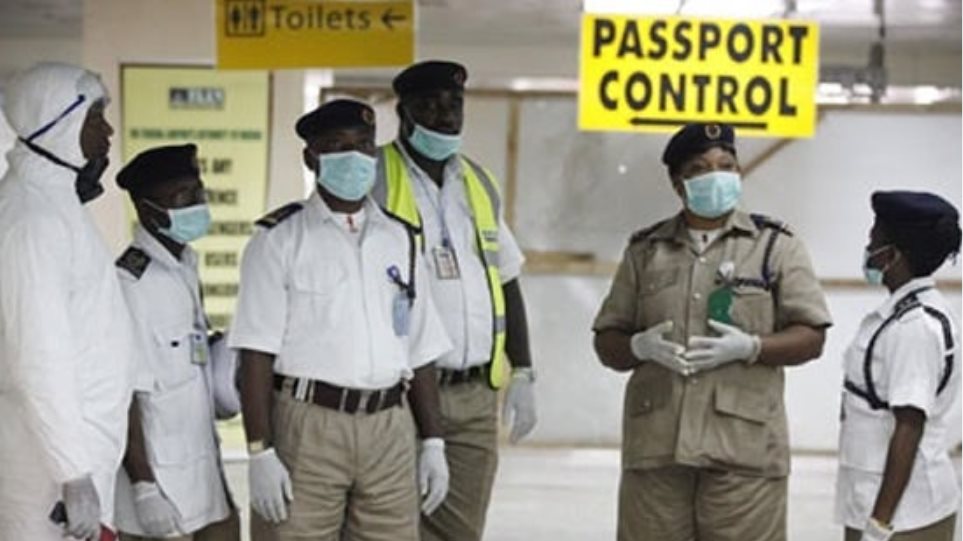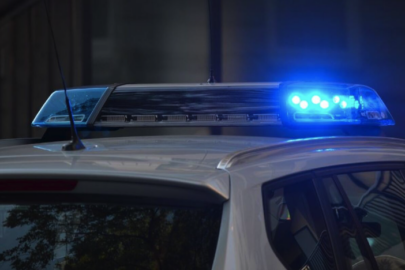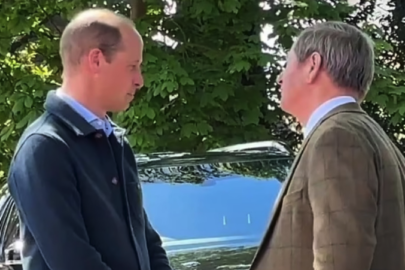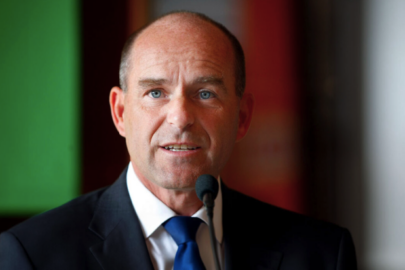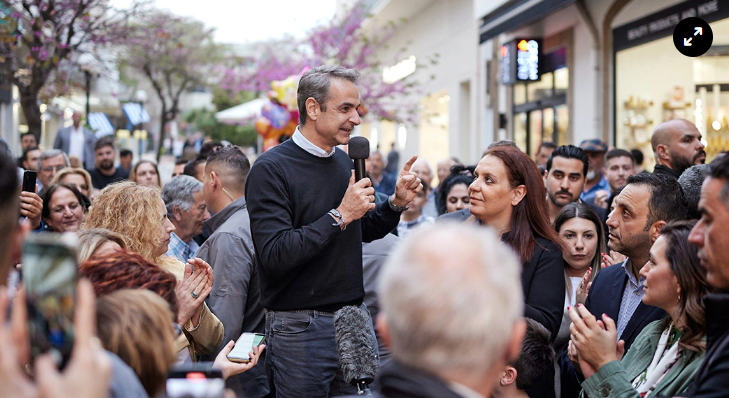For more than two months, authorities had been urging New Yorkers to stay indoors and keep their distance from others. But after the police killed George Floyd in Minneapolis, tens of thousands of New Yorkers poured into the streets, day and night, to protest police brutality and racism.
Epidemiologists braced for a surge of new coronavirus cases. But it has not come yet.
On May 27, the day before the protests began in New York City, some 754 COVID-19 cases were diagnosed, according to the city’s Department of Health. That was the last time the city recorded more than 700 cases on a single day.
By the end of the first week of protests, the city was recording slightly more than 500 cases a day. By the end of the second week of protests, the case counts were in the low 400s or high 300s a day. They have continued to drop slightly. According to revised numbers the city released Wednesday, the last time New York City recorded more than 300 cases was June 23.
“We’ve been looking very closely at the number of positive cases every day to see if there is an uptick in the context of the protests,” said Ted Long, executive director of the city’s contact tracing program. “We have not seen that”.
Hagia Sophia and the little known last Divine Liturgy
In interviews, several epidemiologists expressed either surprise or relief, and offered theories for what occurred. This is what we know:
The virus spread in New York City was already slowing down
The lockdown enacted in March worked. By the end of May, when the protests began, the virus was not as prevalent in New York as it had been when the lockdown began.
Read more: yahoo

